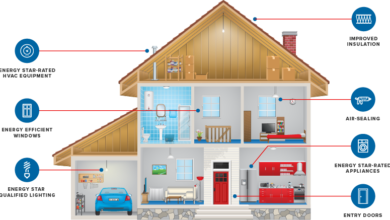Revolutionizing Building Security: The Benefits of Remote Doorman Systems

A remote doorman, also known as a virtual doorman, is an innovative solution that allows buildings to provide security, management, and convenience to residents and visitors without the need for a traditional on-site doorman or security guard.
Remote doorman systems consist of cloud-connected cameras, video intercoms, and access control hardware that allow residents, tenants, and visitors to access the building using various credentials such as mobile, facial recognition, RFID cards or fobs, and PIN code credentials.
Unlike traditional doorman solutions, remote doorman systems do not require a dedicated on-site staff to monitor the building and provide access control. Instead, the system is managed by a remote command and control center that can monitor the building’s front door and other areas through surveillance cameras. The command center can communicate with visitors and residents through a video intercom with a camera and unlock the door through wired or telephone line door release mechanisms.
Remote doorman systems provide numerous benefits for building owners, managers, and residents. They are cost-effective solutions that can reduce the cost of building management and security by eliminating the need for on-site staff. They are also more flexible than traditional doorman or security guard solutions, as they can be customized to fit the specific needs of a building and can be updated and modified easily.
Remote doorman systems also provide a higher level of security and management than traditional doorman solutions. The command center can monitor the building’s activities in real-time and respond to emergencies promptly. They can also track and log visitor and resident activity, which can provide valuable data for building management and security purposes.
Moreover, remote doorman systems can enhance the convenience for residents and visitors by providing access control through various credentials such as mobile, facial recognition, RFID cards or fobs, and PIN code credentials. This allows residents and tenants to grant access to their visitors remotely, even if they are not on-site.
There are several types of remote doorman systems available, including fully staffed, partially staffed, and self-service systems. Fully staffed systems consist of a remote command and control center staffed by human operators who monitor the building’s activities and respond to emergencies. Partially staffed systems have both on-site staff and remote operators who work together to manage the building. Self-service systems rely entirely on technology, and residents and visitors can access the building using self-service kiosks or mobile apps.
When selecting a remote doorman system, building owners and managers should consider several factors such as the building’s size, number of residents and tenants, and security requirements. They should also evaluate the system’s features and capabilities, including the types of access control credentials, surveillance cameras, and intercom systems.
In conclusion, remote doorman systems are innovative solutions that can provide security, management, and convenience to buildings without the need for traditional on-site staff. They rely on advanced technology to monitor the building’s activities and provide access control, and they can be customized to fit the specific needs of a building. Remote doorman systems are cost-effective, flexible, and provide a higher level of security and management than traditional doorman solutions. Building owners and managers should consider several factors when selecting a remote doorman system, including the building’s size, number of residents and tenants, and security requirements.



